In 1705, when Petto was around 80, the bookseller John Dunton produced an
eccentric book that included “the Lives and Characters of More Than
a Thousand Contemporary Divines, and Other Persons of Literary
Eminence”. Of Petto he says that his venerable age deserves great
honour from all that know him, for
... his
hoary head is found in the way of righteousness. His free discourse
runs back to the ages past, and recovers events out of memory, and
then preventeth them by flying forwards to future things; and, by
comparing one with the other, can give a verdict well near
prophetical. The Dissenters of Sudbury call him their Oracle; and,
considering his great age and experience, I do not know where they
can find a better.1
Attention
has recently been drawn to Petto by an American pastor and theologian
called Michael Brown.2
Brown gives three reasons for his study, which he undertook at
Westminster Theological Seminary West in California.
First,
Petto's relative obscurity. He has received, unfairly Brown would
argue, scant attention in the world of scholarship, especially with
regard to his important work on covenant theology. Brown also argues
that Petto is an example of someone who shows more direct continuity
from Calvin to later covenant theologians, a continuity hotly
denied by some who claim (in Paul Helm's words) that
...
whereas Calvin’s presentation … was warm, exuberant and
thoroughly evangelical, his ... followers presented what was
introspective and legalistic. Sometimes it is held that the later
Calvinists distorted ... Calvin … other times the ... more serious
claim is made, that the Puritans, supposedly followers of Calvin,
were actually opposed
to
the teaching of Calvin in its central emphases.3
Brown also believes
Petto's work makes a useful contribution to ongoing debates regarding
the Mosaic covenant, its relation to works and grace and whether it
is a republication of an earlier covenant or not.
What Brown does in
his short book is to give a brief overview of Petto's life then look
at his understanding of the covenants and that of his contemporaries
before analysing Petto's view of the Mosaic covenant more thoroughly
and drawing out some of the implications of this view.
Life
It
is not known who Petto's parents were or where or when he was born,
though it must have been some time around
1624. His early life coincided, therefore, with the tumultuous reign
of Charles I, which lasted from 1625 until his beheading in January,
1649. Married to a Roman Catholic Princess, Charles worked hand in
glove with William Laud (1573-1645) to oppose the Puritans at every
step of the way.
Despite the
religious turmoil of the times, Petto attended Cambridge University
to study for the ministry. He enrolled in Katharine Hall, or St
Catharine’s College as it became, as a “sizar” (a student
granted a ration of food and lodging for free due to financial need)
and graduated BA in 1647. No date is known for his Master's degree
which he probably gained, though some Puritans did refuse to go
further in the system. St Catharine’s was a centre for theological
study. Petto would have studied under Ralph Brownrigg (1592-1659) and
William Spurstowe (1605–1666), both Westminster Divines and
Calvinists. This Calvinistic influence is seen in Petto's writings
which favorably quote Calvin, Sibbes, Owen, William Bridge, Samuel
Bolton and the 1563 Heidelberg Catechism as well as the Church
Fathers and Mediaeval writers. The great John Owen (1616-1683) wrote
the foreword to his work on the covenants. Petto held Owen in the
very highest regard.
Petto
was ordained in 1648 and became rector on the Norfolk border at St
Cross (also known as Sancroft or
Sancroft St George) in
the South Elmham deanery, Suffolk. It seems that he was married soon
afterward, eventually having five children with his first wife Mary,
who died in 1655. Despite being a widower with five children his work
increased rather than diminished. He often preached in neighbouring
Homersfield (or St Mary) and, in 1657, he was appointed an assistant
to the Suffolk commission of Triers and Objectors established by
Cromwell. This body examined ministers and candidates for the
ministry and their qualifications. Beginning as rector on an annual
salary of £36 this went up to £50 in May 1658. (At the time an
agricultural labourer would only be earning about £10 a year).4
Petto
was an Independent or Non-Separating Congregationalist holding to the
modified form of the Westminster Confession that appeared in 1658,
the Savoy Declaration.5
Unusually for the time he accepted lay ministry and wrote The
preacher sent
in support of it. His co-authiors were John Martin (1596-1659) of
Edgefield, Norfolk and Frederick Woodall (d 1681) of Woodbridge,
Suffolk. The book, which itself sought to respond to previous
published works on the subject, was answered by John Collinges
(1623-1690) of Norwich and Matthew Poole (1624-1679). Petto and
Woodall came back at them with a further reply in the following year,
1659, seeking to answer the objections.6
With the return of
Charles II in 1660, Petto was soon ejected from his living and by
1669 was ministering in Wortwell-cum-Alburgh, South Norfolk and in
nearby Denton. There are also reports of his preaching to a large
congregation in Gillingham, Norfolk. In 1672, he was officially
licensed as a Congregational minister under Charles II's Act of
Indulgence, being registered to preach in his own house and that of
John Westgate at Redenhall or Harleston in the same area.
Petto
began his longest tenure as a minister in 1674, when he became the
minister of a congregation in the Puritan stronghold of Sudbury,
Suffolk. The congregation, one of seven congregations formed in
Suffolk between 1640 and 1660, was called All Saints’ and Petto
ministered there until his death. It was an independent congregation
that met in a barn belonging to a man called Robert Sewell. Petto was
known to some as “the preacher in the barn”.7
The congregation filled a need in the town, which had not had a
regular minister for some time.
Petto
corresponded with Increase Mather (1639-1723) in New England to whom
he sent books by Owen, Goodwin and others. These letters reveal that
he woud make regular trips to London to buy books among other things.
On Auguist 31, 1677, in a letter to Increase Mather, he talks of
running around London looking for a prodigal daughter determined to
run away overseas. He calls it “the greatest trial I ever met
with”. Apparently by the following May all was well but it was no
easy time. In another letter to Mather he pleads “O beg that she
and all my children may return to God through Jesus Christ ... Some
of them the Lord hath owned and I, and I long to see Christ formed in
all of them.”8
Evidence
suggests that Petto was a highly esteemed minister among the
dissenters and he was frequently in demand as a preacher at
ordinations, funerals and on other occasions. In 1700, he preached
the funeral sermon of Squire Samuel Baker (c 1644-1700) of
Wattisfield, Suffolk, a person of notable influence.
In June 1701 he preached “a very weighty sermon” at the
ordination of John Beart (d 1717) in Bury St Edmund's.9
From
1707, then over 80 years of age, Petto was assisted by is son-in-law,
Josias Maultby, who was made co-pastor. Maultby continued to serve
the congregation until 1719, when he emigrated to Rotterdam. His
death came in 1711. He was buried in the churchyard on September 21
of that year.
In
addition to being an Independent minister, Petto was also a
well-respected theologian. His first work The
voice of the Spirit
was on pneumatology (the doctrine of the Holy Spirit) and with its
appendix (Roses
from Sharon, or Sweet Experiences reached out by Christ to some of
his beloved ones in this wilderness
which was a record of his relationship with
Christ, using the language of the Song of Songs)
it
dealt primarily with the doctrine of assurance of salvation and the
Spirit’s work of sealing. Following the thought of Perkins,
Preston, Sibbes, Goodwin and Baxter, Petto believed that the sealing
of the Spirit was a separate act from the indwelling of the Spirit.
The sealing of the Spirit granted to individual believers the
confidence that God was their Father and that they were truly
converted. Later in life Petto seems to have shifted in his view and
like John Owen began to see that sealing and indwelling were more
closely related, and that both were given to believers at the
beginning of the Christian life.10
While
at Sudbury he wrote two catechisms, A
Short Scriptural Catechism for Little Children
and A
Large Scriptural Catechism.
The catechism answers were quotations of various biblical passages
and were designed to encourage memorisation of the Bible. At some
point after the death of his first wife Mary he had, in what sounds
like an excellent example of balance, married Martha, who was the
mother of a further seven children in addition to the five he already
had. They lived at the vacant All Saints manse but some local people
were unhappy about this and made efforts to have Petto prosecuted for
nonconformity. These efforts, however, were unsuccessful.
Petto
seems to have had some ties to
the Fifth
Monarchy
movement, though it is not clear how close these were. This is the
group that looked for some sort of theocracy in line with the fifth
kingdom mentioned in Nebuchadezzar's dream in the Book of Daniel,
where four kingdoms are represented and a fifth, which is the
kingdom of Christ. It was expected that this fifth kingdom would be
established by political means around the year 1666. Petto's fellow
author Frederick Woodall was associated with this group as was John
Manning (d 1694) with whom Petto published Six
Several Treatises of John Tillinghast n
1657.
John
Tillinghast (1604-1655) was a
leading member of the Fifth Monarchy movement. Petto also published
another nine of Tillinghast's sermons in 1658 with Manning and his
neighbour at Syleham, Samuel Habergham (1626-1665).
Writing
As
busy as he no doubt was in his ministry at Sudbury, Petto found time
to reflect on subjects other than theology. In 1699 a short extract
from a letter of his written the previous November was published in
the Royal Society journal Philosophical
Transactions concerning
parhelia, the phenomenon of mock suns or “sundogs” visible at
certain times on either side of the sun. His interest in astronomy
also comes out at certain points in his correspondence with Mather.
He also
wrote works on infant baptism (against the General Baptist Thomas
Grantham, 1633-1692), the Book of Revelation (in which he argued that
the period of the Antichrist was 1050-1716) and witchcraft too (1693)
but his greatest theological influence came through his highly
regarded book on covenant theology. In this work Petto skilfully
navigated and addressed the many contemporary debates concerning
covenant theology, showing an exceptional, detailed understanding of
the subject. He explored the relationship of the Mosaic covenant with
the covenant of grace, making an important connection between the
covenants and the Protestant doctrine of justification.
The
book was republished in 200711
and it may give you an idea of the contents if I say that he begins
by looking at the idea of covenant first and “the
distribution of the Covenant into that of works and of grace”. He
then argues for the oneness of the covenant with Jesus Christ and us,
expounding on Christ as the sum of the covenant in Chapter 3 and “the
date of Covenant Mercies” in Chapter 4. Chapter 5 draws some
general inferences from the whole. He then describes the old and new
covenants and in Chapter 7 writes of the nature of the covenant at
Mount Sinai, considering whether it has ceased or is continuing, in
Chapter 8. Chapter 9 is “of the good that was in the Sinai
Covenant” and Chapter 10 on the differences between the Old and New
Covenant, stressing the excellency of the new over the old. Chapter
11 is on “the time of first coming into Covenant” and Chapter 12
on “evidences of interest in the New Covenant”. Finally come
chapters on “the use of Absolute Promises” and of conditional
ones.
It
is widely agreed that Calvin was the forerunner of covenant and
federal theology. His contemporary reformers and the reformed
theologians who followed them developed his ideas and, while
remaining within the bounds of received orthodoxy, developed a
diversity of opinions with regard to the details of the theology.
Brown says that Calvin, Zacharias Ursinus, John Ball, David Dickson,
Edmund Calamy, Anthony Burgess, Ames, Rutherford and Turretin all
took the view that “the works principle” in the Mosaic covenant
“pertained only to the outward, legal administration and
'accidents' of the covenant of grace as expressed in the Mosaic
economy”. Others took the view that a republication of the covenant
of works as distinct from the covenant of grace was made at Sinai.
This was the view of men such as Caspar Olevianus, Robert Rollock,
Amandus Polanus, Johannes Wollebius, William Strong, James Ussher,
Perkins, Sibbes and Owen. The third way was taken by men such Samuel
Bolton, who saw the Mosaic covenant as another type of covenant,
neither of works nor grace.
Petto's
contribution was to see the Mosaic covenant as being a covenant of
works for Christ that he fulfilled in order to bring in the covenant
of grace. Brown argues that although, like others, Petto uses
different language to Calvin, he maintains the view that there is one
way of salvation throughout.
1 John
Dunton, The errors of John Dunton etc,
764
2 Michael
Brown, Samuel
Petto (c 1624-1711): A Portrait Of A Puritan Pastor Theologian
3
Paul Helm, “Calvin and the Covenant: Unity and Discontinuity”,
Evangelical Quarterly 55 (April 1983) 65-81
4
Gregory Clark The Long march of history: Farm Laborers wages in
England 1208-1850 See here
www.econ.ucdavis.edu/faculty/gclark/papers/long_march_of_history.pdf
(accessed November 29 2013)
5
See here http://www.creeds.net/congregational/savoy/
6
See here for the series of books
http://www.worldcat.org/search?q=petto+woodal&qt=notfound_page&search=Search
7
William Walter Hodson, The
Meeting House and the Manse, Or, The Story of the Independents of
Sudbury 55
8
Massachusetts Historical Society, Collections 38 341-350
9
Thomas John Hosken, History of Congregationalism and memorials of
the churches of our order in Suffolk 145
10
Joel Beeke, Mark Jones Puritan Theology
11
Samuel Petto, The mystery of the covenant of grace

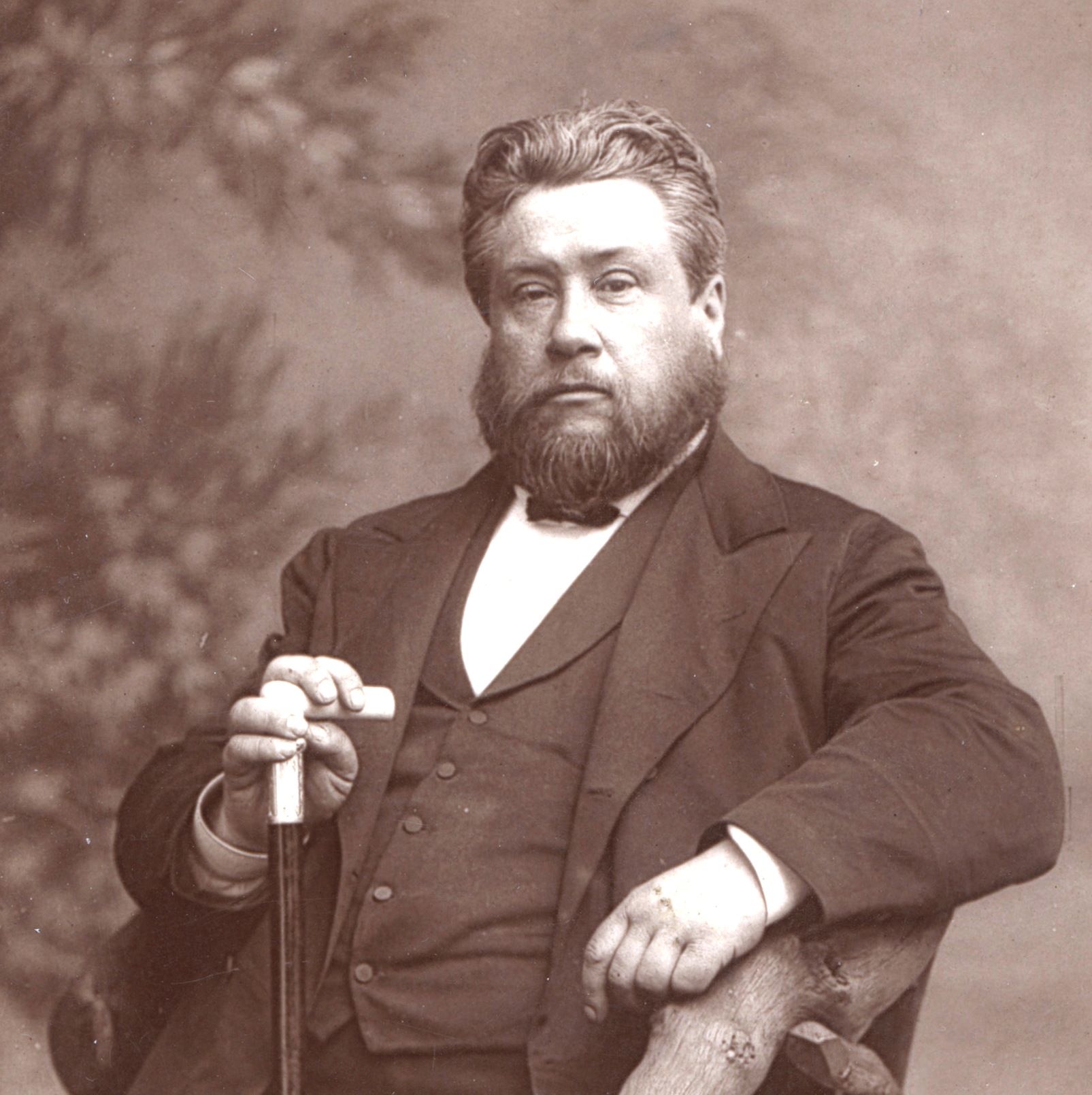
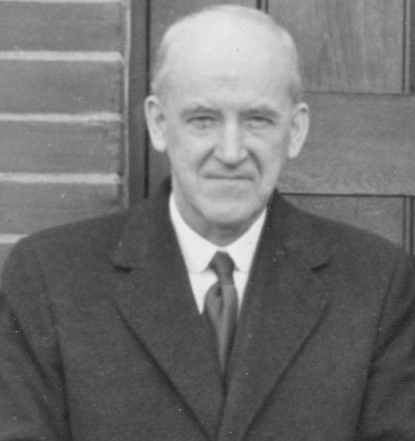
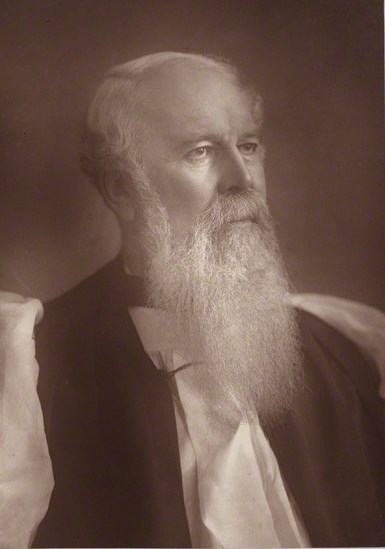










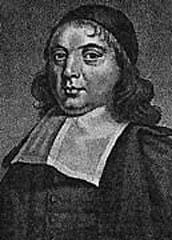

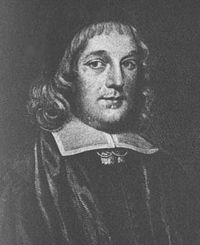

.jpg/220px-Thomas_Watson_(Puritan).jpg)
No comments:
Post a Comment